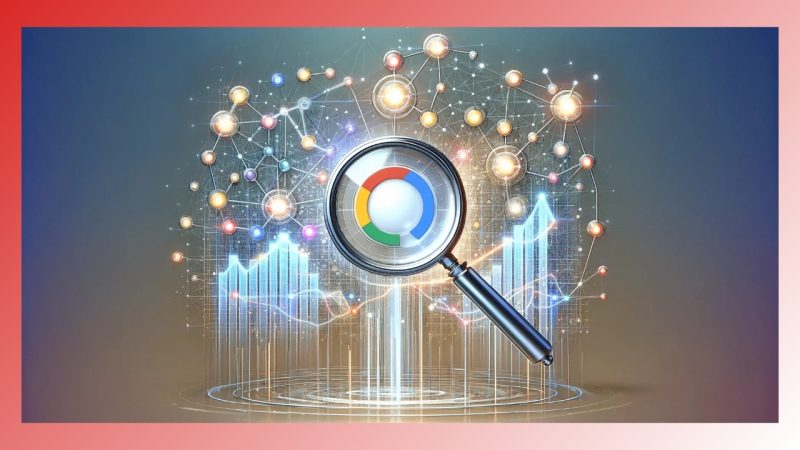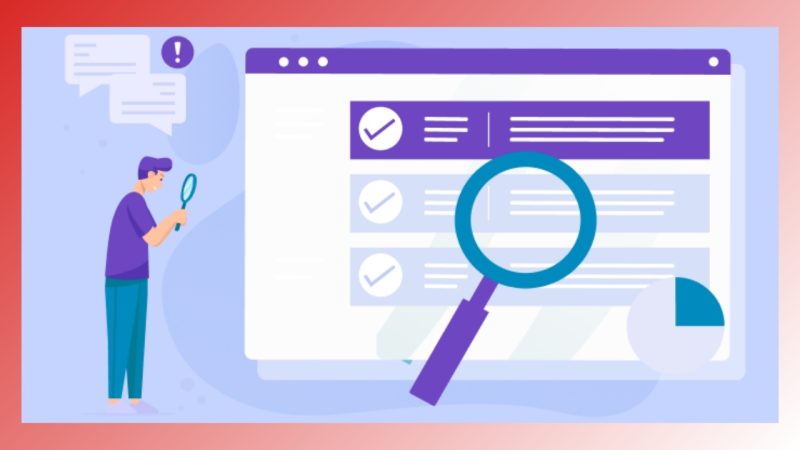The private and public sectors are increasingly turning to artificial intelligence (AI) systems and machine learning algorithms to automate simple and complex decision-making processes.1 The mass-scale digitization of data and the emerging technologies that use them are disrupting most economic sectors, including transportation, retail, advertising, and energy, and other areas. AI is also having an impact on democracy and governance as computerized systems are being deployed to improve accuracy and drive objectivity in government functions.
The availability of massive data sets has made it easy to derive new insights through computers. As a result, algorithms, which are a set of step-by-step instructions that computers follow to perform a task, have become more sophisticated and pervasive tools for automated decision-making.2 While algorithms are used in many contexts, we focus on computer models that make inferences from data about people, including their identities, their demographic attributes, their preferences, and their likely future behaviors, as well as the objects related to them.3
“Algorithms are harnessing volumes of macro- and micro-data to influence decisions affecting people in a range of tasks, from making movie recommendations to helping banks determine the creditworthiness of individuals.”

In the pre-algorithm world, humans and organizations made decisions in hiring, advertising, criminal sentencing, and lending. These decisions were often governed by federal, state, and local laws that regulated the decision-making processes in terms of fairness, transparency, and equity. Today, some of these decisions are entirely made or influenced by machines whose scale and statistical rigor promise unprecedented efficiencies. Algorithms are harnessing volumes of macro- and micro-data to influence decisions affecting people in a range of tasks, from making movie recommendations to helping banks determine the creditworthiness of individuals.4 In machine learning, algorithms rely on multiple data sets, or training data, that specifies what the correct outputs are for some people or objects. From that training data, it then learns a model which can be applied to other people or objects and make predictions about what the correct outputs should be for them.5
However, because machines can treat similarly-situated people and objects differently, research is starting to reveal some troubling examples in which the reality of algorithmic decision-making falls short of our expectations. Given this, some algorithms run the risk of replicating and even amplifying human biases, particularly those affecting protected groups.6 For example, automated risk assessments used by U.S. judges to determine bail and sentencing limits can generate incorrect conclusions, resulting in large cumulative effects on certain groups, like longer prison sentences or higher bails imposed on people of color.
In this example, the decision generates “bias,” a term that we define broadly as it relates to outcomes which are systematically less favorable to individuals within a particular group and where there is no relevant difference between groups that justifies such harms.7 Bias in algorithms can emanate from unrepresentative or incomplete training data or the reliance on flawed information that reflects historical inequalities. If left unchecked, biased algorithms can lead to decisions which can have a collective, disparate impact on certain groups of people even without the programmer’s intention to discriminate. The exploration of the intended and unintended consequences of algorithms is both necessary and timely, particularly since current public policies may not be sufficient to identify, mitigate, and remedy consumer impacts.

With algorithms appearing in a variety of applications, we argue that operators and other concerned stakeholders must be diligent in proactively addressing factors which contribute to bias. Surfacing and responding to algorithmic bias upfront can potentially avert harmful impacts to users and heavy liabilities against the operators and creators of algorithms, including computer programmers, government, and industry leaders. These actors comprise the audience for the series of mitigation proposals to be presented in this paper because they either build, license, distribute, or are tasked with regulating or legislating algorithmic decision-making to reduce discriminatory intent or effects.

